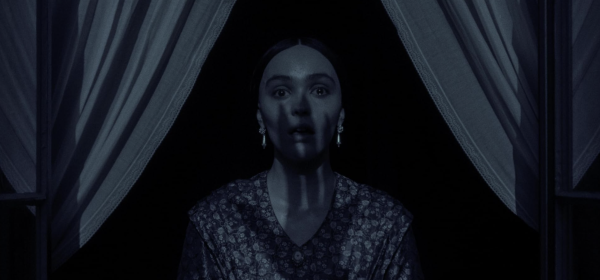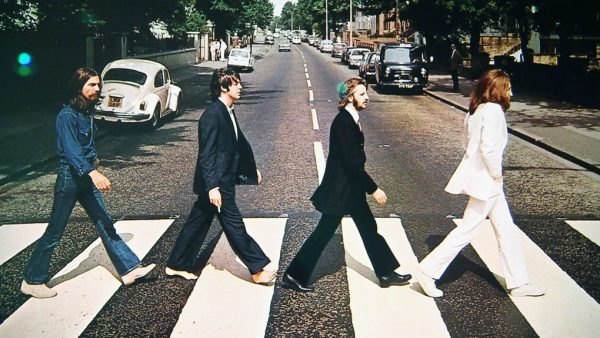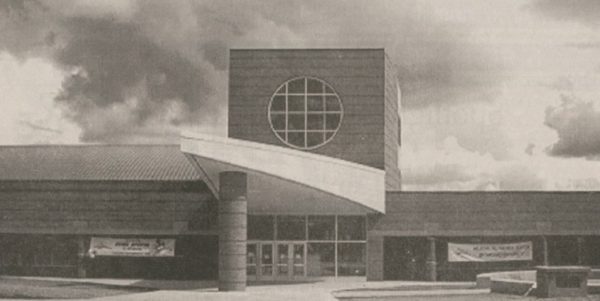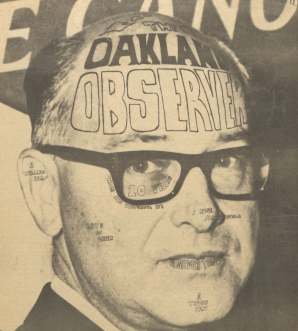PuppetART theater uses performances as a cultural ‘time machine’
In a theater in the center of Detroit, Igor Gozman and his PuppetART companions are working to preserve and promote the city’s rich history of puppetry.
The troupe, which started as a traveling group of puppeteers, has been performing in Detroit for the past 15 years. Each year, they perform a repertoire of 12 shows, each from a different cultural background.
PuppetART is comprised of a theater, a studio and a museum, all in the same building.
“It’s really three things under one roof,” Gozman, PuppetART’s executive and artistic director, said. “Puppetry is all art forms coming together: sculpting, music, singing, dancing, ballet and story telling. All forms of literature, dialogues and narratives come together.”
Performances at the PuppetART theatre take place at 2 p.m. every Saturday. During the month of January, “The Firebird,” a Russian folktale, will be performed each week.
Each February, to coordinate with African American History Month, the theater performs a West African folktale entitled “Oh, Ananse!” Upcoming shows in March, April and May are stories from Jewish, Japanese and Native American cultures, respectively.
“The thing about puppets is that every tradition tells stories with them everywhere in the world,” Gozman said.
Describing the operation as a sort of triangle, Gozman stresses the importance of all three aspects of PuppetART.
“The theater is our foundation,” he said. “Everything begins and ends with a puppet performance. The museum and the studio are the sides of the triangle, both are important.”
Emphasis at the museum is placed on the diversity of puppets and how it mimics human diversity.
“Each puppet presents a character that is unique and special,” Gozman said. “With all of the different shapes, sizes, forms and ways to control them, they mirror the diversity of people.”
The puppets at the museum are from a variety of time periods and locations. Visitors to the museum get both a glance at how puppetry has advanced over the years and an understanding of what function the specific puppets each served.
“The puppets at the museum are like a time machine,” Gozman said. “You find out what story the particular puppets told, where and in what time period. You get to understand that this story was of interest and importance to the group of people who originally watched it. You travel through time and place.”
In the PuppetART studio, puppets are largely created and used for educational purposes.
“In modern times, puppets have mostly been for entertainment,” Gozman said. “But in early times, there was always some kind of lesson. Old-time puppets used to teach the laws of the land, the rules of the tribe and the skills of the trade.”
Teachers and children alike are trained in how to both create puppets and how to use the puppets in the studio. Besides using the puppets in the theater itself, the group has begun advocating the use of puppets as an educational tool in the classroom.
“Puppets are used widely in elementary schools, especially with bilingual children,” Gozman said. “They’re a powerful tool to help children acquire language with ease. When children and their teacher begin working with puppets, the problems with language nearly disappear.”
Much of the use of puppetry in the classroom makes sense to Gozman, who said that children are natural puppeteers, but also that we should continue to learn from the art as adults.
“Everyone was born as a puppeteer,” he said. “Three and four and five-year-olds are better with puppets. With our everyday concerns, somewhere we forgot how to speak puppet. Do not lose this art. It’s very much important for humans to understand a symbolic language like this.”
Detroit’s puppet history largely began in 1936, when puppeteer Paul McPharlin called his fellow puppet performers to a conference in the city.
“In 1936, puppetry in the United States was individual, there were few troupes and no collaboration of puppeteers,” Gozman said. “In the McPharlin Fellowship, he called puppeteers from the U.S. and Canada to Detroit for a festival. In July 1936, they got together for the first time. Detroit was the cradle of puppetry. The idea was conceived here.”
The following year, the Puppeteers of America organization was officially founded at the group’s second annual festival in Cincinnati. Today the group has dozens of guilds across the country.
In celebration of the 75th anniversary of the founding of the Puppeteers of America, PuppetART and the Detroit Puppeteers Guild are hosting several events throughout the year.
Events will include exhibitions of historically important puppets, activities with local puppeteers at local libraries and a special exhibit at the Detroit Institute of Art featuring puppets from the Paul McPharlin Puppetry Collection.
For information on other events that are part of the year of celebration, visit
www.puppetART.org
“People have a limited perception of puppetry and it couldn’t be further from the truth,” Gozman said. “If you open up this perception and explore a little deeper, you see it’s way beyond simple entertainment. It’s a powerful language with complex ideas that cannot be explained in another way. Check it out and step away from that perception.”







